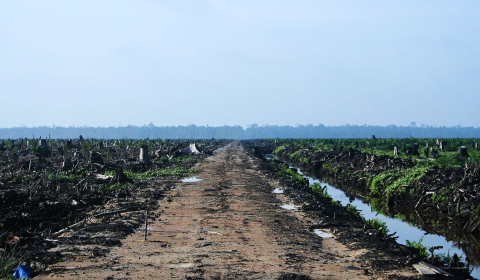As global temperatures increase, above-ground heatwaves shouldn’t be our only concern. Researchers are uncovering that urban cities are experiencing rising temperatures underground – and that’s a major long-term problem.
By now, we’re all well aware that atmospheric climate change and global warming are causing major issues for natural environments, wild animal species, and the safety of humanity itself.
But research conducted in Chicago has revealed that the ground beneath major cities is heating up to such high temperatures that it is slowly becoming deformed.
This phenomenon is linked to ‘subsurface urban heat islands,’ which are domes of heat that engulf densely-populated cities – especially when they have limited greenery, sparse open space, dark concrete surfaces, and are producers of high levels of emissions.
According to a team of scientists at Northwestern University, a wide majority of modern buildings will be unable to withstand unstable ground as the situation worsens.
This is because underground materials, including soils, rocks and concrete, warp when subjected to significant temperature variations.




















